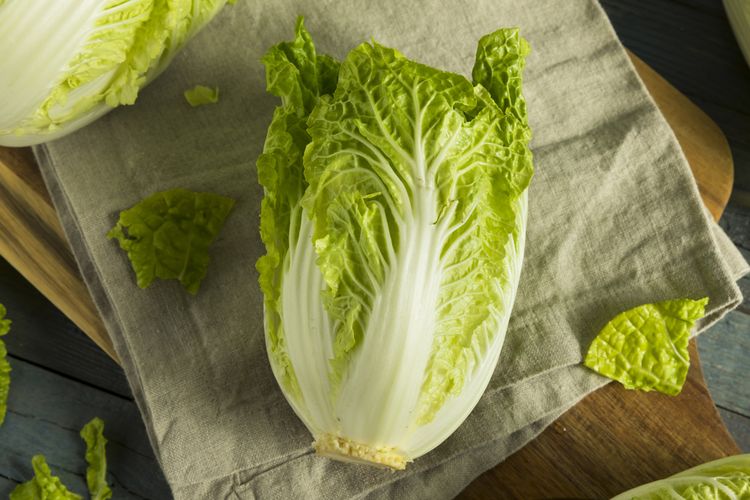Peanut.



Crop Cultivation Information:Peanut, also known as groundnut (Arachis hypogea), is a plant cultivated for its edible seeds, which are often consumed roasted or processed into peanut butter.:
Varieties:
There are different varieties of peanuts, including the Spanish type and the local variety known as “Cabri.” Each of these varieties may have distinct characteristics in terms of size, yield, and taste.
Growing Cycle:
The growing cycle of peanuts varies from 110 to 120 days. This means it takes approximately 110 to 120 days from planting to the peanut harvest.
Planting Period:
In irrigated fields, it is recommended to start planting around September 15th. Conversely, in non-irrigated fields, farmers typically wait for the summer rains to begin planting. The final sowings should be done no later than around March 15th in high plateaus and April 15th in other regions. Planting dates can be adjusted based on local conditions and weather forecasts.
Climates:
Peanuts thrive in sub-humid irrigated and humid climates. This plant prefers regions where there is sufficient moisture to support its growth. Irrigation may be necessary in less humid areas to ensure good yields.
Petsai
Petsai, also known as bok choy or pak choi (Brassica chinensis), is a green leafy vegetable belonging to the Brassicaceae family. Here is some information about the cultivation of petsai:
Varieties:
The mentioned variety here is “Locale.” This could refer to a specific variety adapted to a particular region. The characteristics of this variety may vary in terms of size, taste, and adaptability to local conditions.
Growing Cycle:
Petsai has a relatively short growing cycle, ranging from 50 to 75 days after transplantation. This means that from transplanting the seedlings to harvest, it typically takes between 50 and 75 days to obtain mature petsai leaves ready for harvest.
Planting Period:
The planting period for petsai extends from March to September. This provides some flexibility for planting this crop throughout the growing season. The optimal planting time may vary depending on local weather conditions and grower preferences.



"Voëhm" (Vigna unguiculata)



“Voëhm” (Vigna unguiculata) is a variety of cowpea, also known as black-eyed pea or southern pea. Here is some information about the cultivation of Voëhm:
Varieties:
Voëhm is a specific variety of cowpea. However, there are many other varieties of cowpeas with different characteristics in terms of size, shape, color, and taste of the beans. These varieties can be adapted to specific regions and culinary preferences.
Growing Cycle:
Voëhm has a relatively short growing cycle, typically ranging from 3 to 4 months. This means that from planting the seeds to harvesting the cowpeas, it usually takes between 3 and 4 months to obtain mature cowpeas ready for harvest.
Planting Period:
The planting period for Voëhm can vary depending on local conditions and grower preferences. In general, cowpeas are usually planted in the spring or during the rainy season when growth conditions are optimal. The planting period may vary depending on the region and weather.
Climates:
Voëhm thrives in sub-humid and humid climates. It requires well-drained soils and sunny exposure to grow properly. Regions with adequate rainfall and moderate temperatures are suitable for the cultivation of Voëhm. Voëhm is an important source of protein and nutrients in many regions and is used in various local cuisines. It can be grown for its edible beans, which are rich in protein, or for its leaves, which are also edible and nutritious.
CORIANDER



Coriander (Coriandrum sativum) is an aromatic herb cultivated for its leaves, seeds, and stems, which are used in cooking for their distinctive flavor. Here is some information about coriander cultivation:
Varieties:
There are different varieties of coriander suited for different seasons and growing conditions. Local varieties such as Sunbless and Local are better suited for winter as they tend to flower in the summer. Imported varieties like Australian Long Standing, Krishna, Ramses, Silver Seed, and Surabhi are also available. Krishna, Ramses, and Surabhi varieties flower very little in tropical environments, making them suitable for planting in the summer.
Growing Cycle:
Coriander has a relatively short growing cycle, ranging from 35 to 45 days. This means it takes about 35 to 45 days from planting to harvest fresh coriander leaves.
Planting Period:
The planting period for coriander typically extends throughout the year, from January to December. To avoid premature flowering, it is advisable to plant during cooler months.
Climates:
Coriander thrives in sub-humid irrigated, humid, and super-humid climates. It requires well-drained soil and either full sun or partial shade. Regular irrigation is essential to maintain healthy growth, especially in hotter climates. Coriander is a popular herb in many cuisines around the world due to its unique aroma and flavor. It is used fresh in salads, curries, salsas, and many other dishes. The choice of coriander variety and planting time will depend on local conditions and cultivation preferences.



